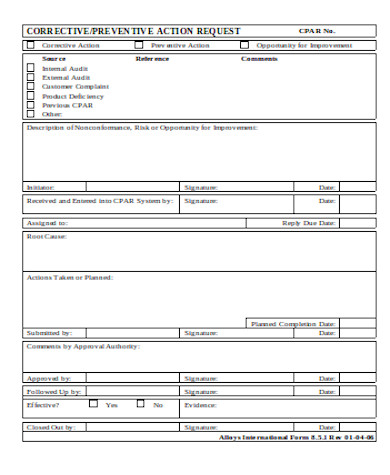


It is just the thing to carry in the pocket, being no larger than a lady's thimble. And here is a new and serviceable invention-a pencil sharpener. Pencil-sharpener as a mechanical device for putting the point on a lead pencil is by 1854. Lipman of Philadelphia obtained a patent for the pencil with an attached eraser in 1858.ĭerogatory slang pencil-pusher "office worker" is from 1881 ( pen-driver, jocular for "clerk, writer," is from 1820) pencil neck "weak person" first recorded 1973. This seems to have been the time the word pencil was transferred from a type of brush to "graphite writing implement." The modern clay-graphite mix was developed early 19c., and pencils of this sort were mass-produced from mid-19c. Sticks of pure graphite (commonly known as black lead) were used for marking things in England from the mid-16c., and the wooden enclosure for them was developed in the same century on the Continent. Small brushes formerly were used for writing before modern lead or chalk pencils. Mid-14c., pencel, "an artist's small, fine brush of camel hair," used for painting, manuscript illustration, etc., from Old French pincel "artist's paintbrush" (13c., Modern French pinceau) and directly from Medieval Latin pincellus, from Latin penicillus "painter's brush, hair-pencil," literally "little tail," diminutive of peniculus "brush," itself a diminutive of penis "tail" (see penis). Lead-poisoning is from 1848 earlier lead-distemper (1774). In printing, "thin strip of type-metal (often lead but sometimes brass) used in composition to separate lines" from 1808, earlier space-line. From 1590s as figurative for "bullets." Lead oxide was much used in glazing, mirror-making, and pigments. White lead (1560s) was an old name for "tin."Īs a name of a dull bluish-gray color, 1610s. Black lead was an old name for "graphite," hence lead pencil (1680s) and the colloquial figurative phrase to have lead in one's pencil "be possessed of (especially male sexual) vigor," attested by 1902. Meaning "graphite in a pencil" is from 1816 (see pencil (n.)). Lead-footed "slow" is from 1896 opposite sense of "fast" emerged 1940s in trucker's jargon, from notion of a foot heavy on the gas pedal. American English slang lead balloon "dismal failure" attested by 1957, perhaps 1940s (as a type of something heavy that can be kept up only with effort, from 1904).

The name and the skill in using the metal seem to have been borrowed from the Celts (compare Old Irish luaide).įigurative of heaviness at least since early 14c. Heavy metal, Old English lead "lead, leaden vessel," from West Germanic *lauda- (source also of Old Frisian lad, Middle Dutch loot, Dutch lood "lead," German Lot "weight, plummet"), a word of uncertain origin. To lead (someone) a dance "compel through a course of irksome actions" is from 1520s. To figuratively lead (someone) by the nose "guide by persuasion" is from 1580s, from draught animals (earlier lead by the sleeve, early 15c.). To lead on "entice to advance" is from 1590s. To lead with one's chin "leave oneself vulnerable in a contest" (1946) is a figure from boxing. Meaning "take the directing part in a musical performance or prayer" is from 1849. Sense in card playing, "to commence a round or trick," is from 1670s. Intransitive sense, "act the part of a leader," is from 1570s. Meaning "to be in first place" is from late 14c. "to guide," Old English lædan (transitive) "cause to go with oneself march at the head of, go before as a guide, accompany and show the way carry on sprout forth, bring forth pass (one's life)," causative of liðan "to travel," from Proto-Germanic *laidjanan (source also of Old Saxon lithan, Old Norse liða "to go," Old High German ga-lidan "to travel," Gothic ga-leiþan "to go"), from PIE *leit- (2) "to go forth."


 0 kommentar(er)
0 kommentar(er)
